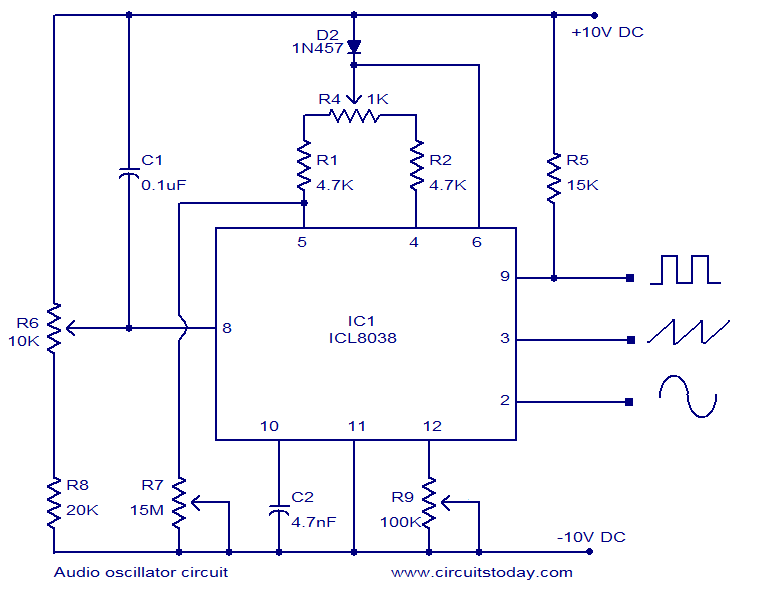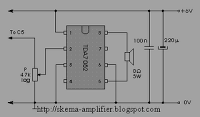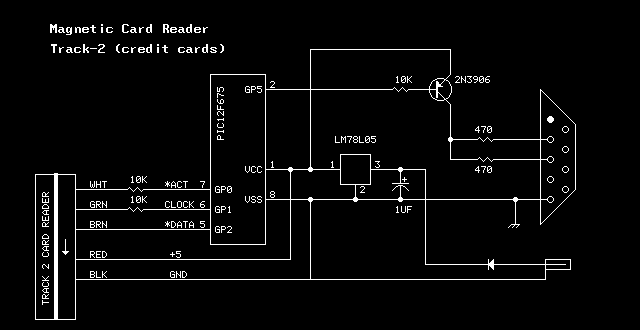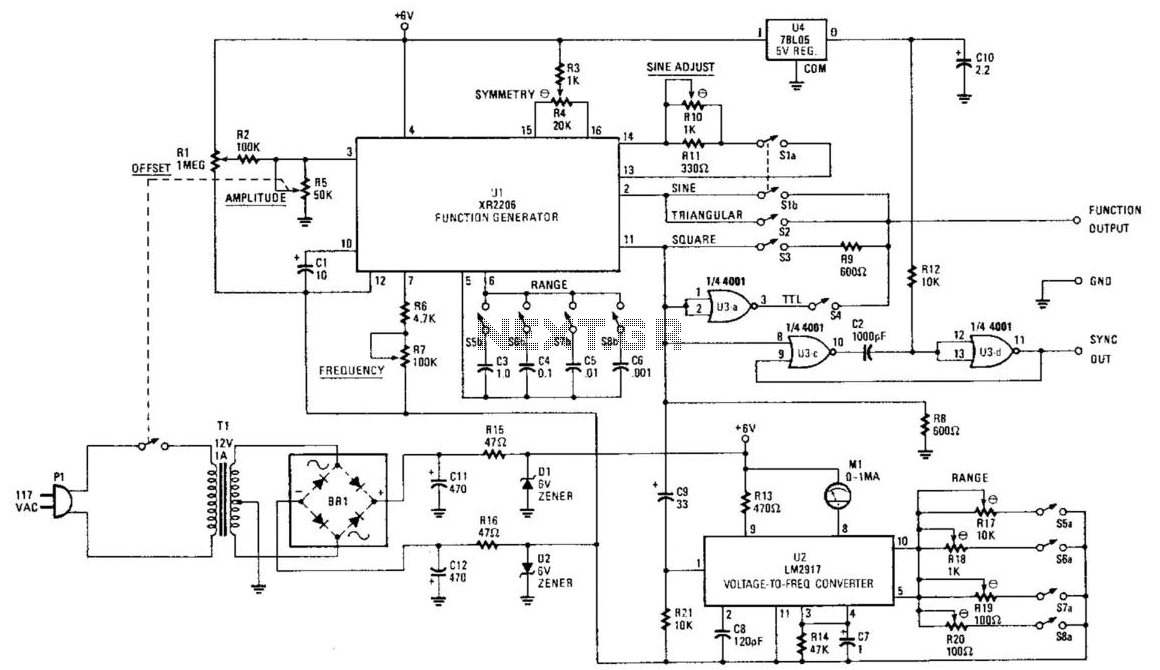
mini stereo mixer mic line for pc audio card
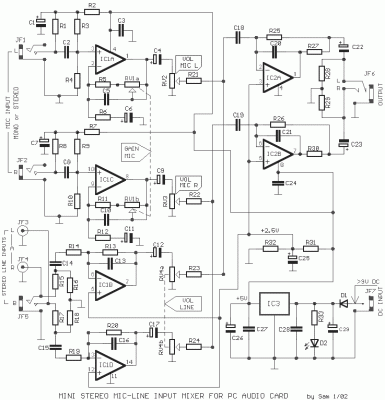
Most sound cards in computers lack stereo input for microphones, but they do have stereo inputs for high-level signals (Line). This circuit utilizes the Line input of the sound card to connect two mono microphones to the sound card's input. This setup allows for greater functionality, as it provides the ability to adjust the gain of the microphone stage and independently regulate the final sound level for each microphone channel.
The circuit design leverages the existing stereo Line input of a computer's sound card to accommodate two mono microphones. This approach is particularly useful for applications requiring multiple audio sources, such as recording or live mixing. Each microphone is connected to a dedicated channel, allowing for individual control over gain and output levels.
To implement this circuit, two mono microphones are connected through individual preamplifier stages, which boost the microphone signals to line level. Each preamplifier stage is equipped with a variable gain control, enabling precise adjustments to the microphone signal strength before it reaches the sound card. This feature is crucial for balancing the audio levels, especially when dealing with microphones that have different output characteristics.
After the preamplification, the signals are routed to the stereo Line input of the sound card. The sound card processes these signals, converting them into digital audio for further manipulation or recording. The independent level controls for each microphone channel allow users to fine-tune the audio mix, ensuring optimal sound quality and clarity.
This circuit not only enhances the versatility of standard sound cards but also provides a straightforward solution for integrating multiple microphones without the need for complex audio interfaces or additional hardware. The design ensures that users can achieve professional-quality audio recordings with minimal equipment, making it an effective choice for home studios, podcasts, and other audio applications.Most cards of sound in computer, are deprived stereo input for microphone, on the contrary have stereo input for high level [ Line ]. The circuit uses the input Line of card of sound, in order to we place a two mono stereo microphone, in the input of card of sound.
Simultaneously he is more functionnal, after we have the possibility of regulating the gain of stage of microphone and regulating the final level of sound externally and independent for each channel of microphone.. 🔗 External reference
The circuit design leverages the existing stereo Line input of a computer's sound card to accommodate two mono microphones. This approach is particularly useful for applications requiring multiple audio sources, such as recording or live mixing. Each microphone is connected to a dedicated channel, allowing for individual control over gain and output levels.
To implement this circuit, two mono microphones are connected through individual preamplifier stages, which boost the microphone signals to line level. Each preamplifier stage is equipped with a variable gain control, enabling precise adjustments to the microphone signal strength before it reaches the sound card. This feature is crucial for balancing the audio levels, especially when dealing with microphones that have different output characteristics.
After the preamplification, the signals are routed to the stereo Line input of the sound card. The sound card processes these signals, converting them into digital audio for further manipulation or recording. The independent level controls for each microphone channel allow users to fine-tune the audio mix, ensuring optimal sound quality and clarity.
This circuit not only enhances the versatility of standard sound cards but also provides a straightforward solution for integrating multiple microphones without the need for complex audio interfaces or additional hardware. The design ensures that users can achieve professional-quality audio recordings with minimal equipment, making it an effective choice for home studios, podcasts, and other audio applications.Most cards of sound in computer, are deprived stereo input for microphone, on the contrary have stereo input for high level [ Line ]. The circuit uses the input Line of card of sound, in order to we place a two mono stereo microphone, in the input of card of sound.
Simultaneously he is more functionnal, after we have the possibility of regulating the gain of stage of microphone and regulating the final level of sound externally and independent for each channel of microphone.. 🔗 External reference

